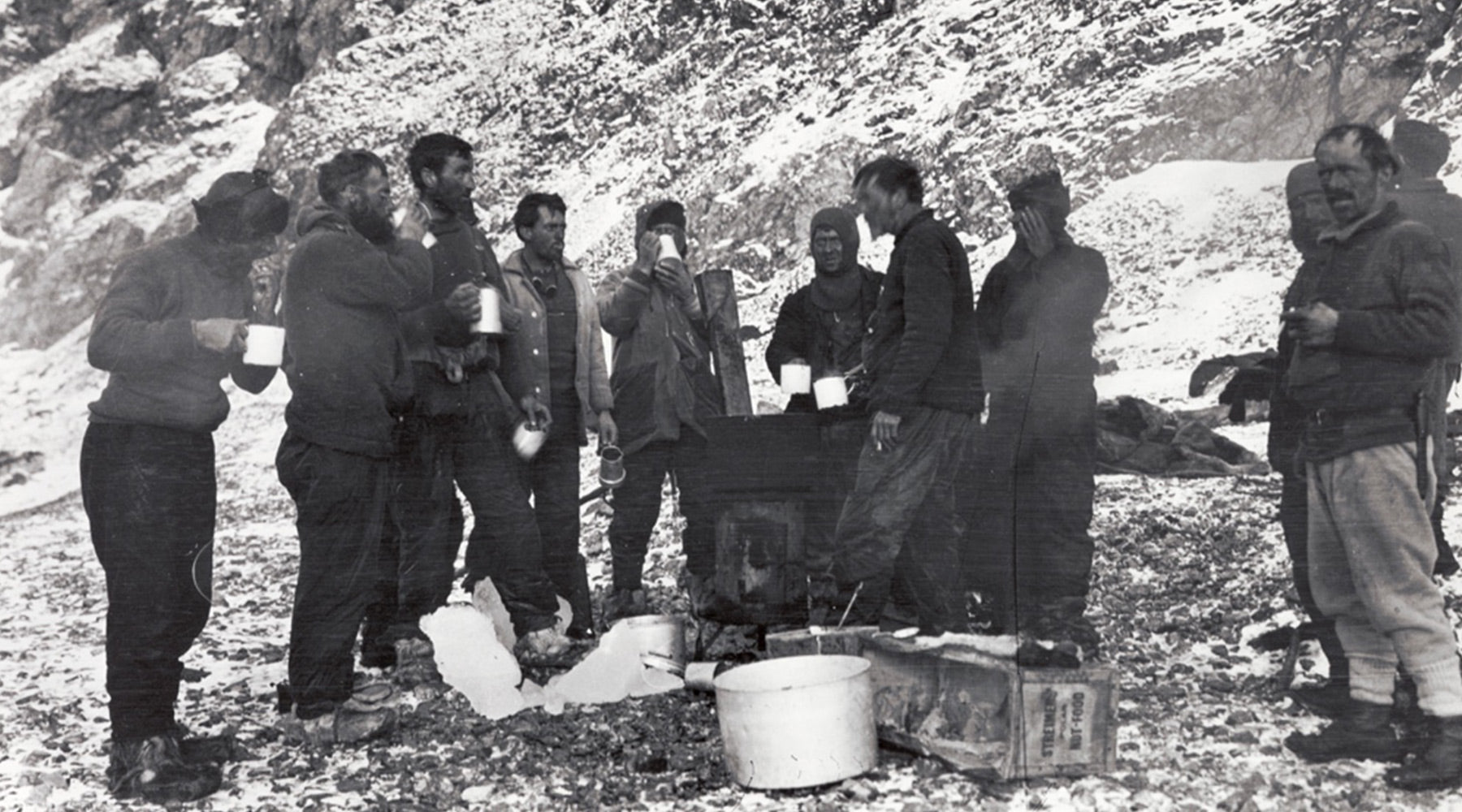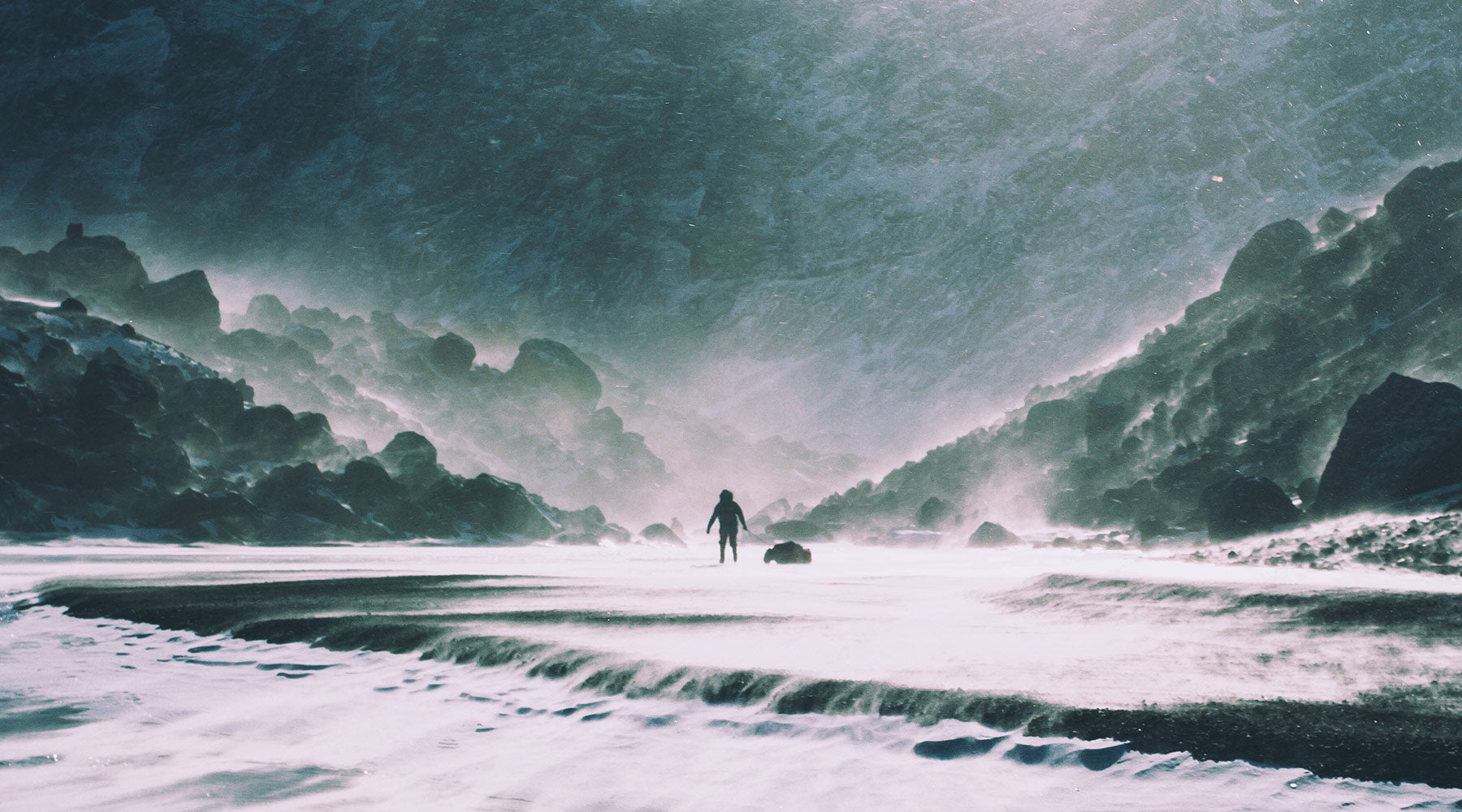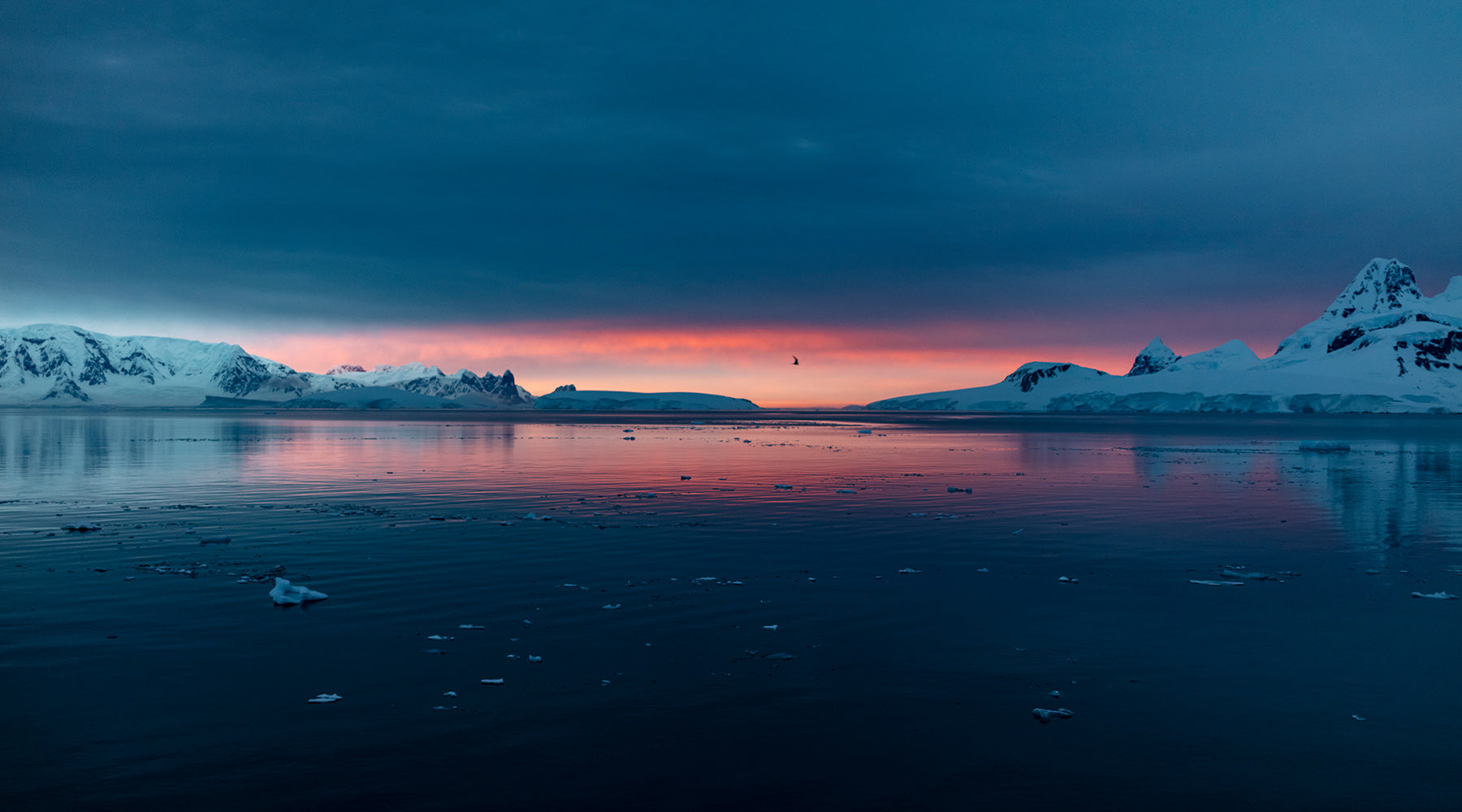
How Shackleton recruited his men
Author Michael Smith takes a look at how Shackleton went about recruiting the men he took on his various expeditions – despite an often eccentric and haphazard selection process, he invariably made the correct choices.
Ernest Shackleton was a leader with an extraordinary ability to select the right men to take on his Antarctic expeditions. While the oddball methods would be unrecognisable within the formal recruitment systems of today’s corporate world, Shackleton possessed an uncanny knack of finding the best men from the ranks of rootless sailors, carefree adventurers and the downright curious. The men he picked were often the difference between life and death.
Shackleton’s idiosyncratic HR methods relied heavily on the personal touch. What mattered most was whether the candidate appealed to Shackleton. He once said that the four great qualities needed to be an explorer were: optimism, patience, imagination and courage.

Typical of Shackleton’s approach was how he dealt with the deluge of 5000 applications in 1914 for just over 50 positions on the Imperial Trans-Antarctic Expedition’s (ITAE) two ships, Endurance and Aurora.
Applications were sorted into three piles: Mad, Hopeless or Possible. The Possibles might be invited to Shackleton’s London offices for a chat, though interviews were very informal and often arbitrary. There were no forms for candidates to fill in, little attention was paid to qualifications and he did not draw up shortlists.
A typical example was Leonard Hussey, a young man with impressive qualifications in fields like meteorology and anthropology. Shackleton looked him up and down, walked around the room and announced: “Yes, I like you. I’ll take you.” Shackleton elaborated a little by telling Hussey: “I thought you looked funny.”

Another ITAE recruit was Reginald James, an academic and physicist who had a baffling interview with Shackleton before journeying into the wilderness for two years. James recalled: “All that I can remember of it is that I was asked if I had good teeth, if I suffered from varicose veins and if I could sing.” Not once did Shackleton mention physics or any branch of science.
Science was an important feature of most expeditions, even if the main purpose was exploration. Taking geologists, meteorologists and other scientists gave the ventures more credibility and helped attract influential sponsors, such as the Royal Geographical Society. But Shackleton had little interest in science and once advised another explorer: “Don’t saddle yourself with too much scientific work. You must decide whether you want to be a scientist or successful leader of expeditions, it is not possible to do both.” James, ITAE’s physicist, put it bluntly: “Shackleton had very little sympathy with the scientific point of view and had no idea about scientific methods.”

Despite his indifference and eccentric selection process, Shackleton had an eye for picking accomplished scientists. Four of the men who sailed under Shackleton’s command were later knighted for their contributions to science: Sir Raymond Priestley; Sir William Edgeworth David; Sir Douglas Mawson; and Sir James Wordie.
Priestley came to Antarctic exploration in unusual circumstances. In 1907, shortly before Nimrod sailed, Shackleton went to University College, Bristol to recruit a geologist. He was led to Bert Priestley who turned down the offer. Bert led Shackleton to the library where his 21-year-old brother Raymond was half-way through his four-year studies to become a geologist.
“How would you like to go to the Antarctic, Ray?” Bert asked. “I’d go anywhere to get out of this damned place,” he said. Soon after Priestley received a telegram from Shackleton inviting him for an interview. Shackleton asked if he could sing and whether he would recognise gold if it saw it. A bewildered Priestley admitted: “I could never understand why Shackleton took me.”
However, the choice proved far-sighted because Ray Priestly later became President of the Royal Geographical Society, co-founded the Scott Polar Research Institute Cambridge and was deputy director of the body that became the British Antarctic Survey. Plucked from his studies by Shackleton, Priestly was described as the “foremost living authority on the history of Antarctic exploration and science”.

David (above centre), although originally from Wales, was a leading Australian geologist who discovered the vast Hunter Valley coalfields of New South Wales. David initially joined Nimrod in 1907 for part of the sea voyage to Antarctica. But David liked Shackleton’s enthusiasm and agreed to stay for a full year to conduct geological work.
Mawson (above right), an English-born geologist travelled to Australia as a child and became a symbol of the country’s adventurous spirit. He joined Nimrod alongside David and eventually travelled on three major Antarctic expeditions.

Wordie (above left, with Shackleton), a Scot, joined ITAE as a geologist and emerged as chief of scientific staff. For around 35 years, Wordie was the father figure of British Polar exploration who mentored others and travelled on nine expeditions. He also headed the Royal Geographical Society, Scott Polar Research Institute and was Master of St John’s Cambridge. Wordie helped plan the first ascent of Mount Everest in 1953 and the Fuchs-Hillary expedition in the mid-1950s, which made the first coast-to-coast crossing of Antarctica – the original aim of Shackleton’s ITAE.

Shackleton could also pick a rose from the thorns and his instinct for recruiting loyal, dependable men from the rougher side of life was often crucial. Stalwarts like Frank Wild, Tom Crean (above) and Ernest Joyce were mostly rootless men, living out of a kitbag or drifters looking for a role in life. But they proved to be invaluable assistants, particularly in the most challenging circumstances when lives were at risk.
Wild and Crean, for example, served on a total of eight Antarctic expeditions between them. Wild, who went on five expeditions, accompanied Shackleton on his ‘furthest south’ in 1909 and took command of the 22 men stranded on Elephant Island. Irish-born Crean was among the last to see Captain Scott alive a few miles from the South Pole in 1912, saved the life of Lt Evans on the epic return march, and in 1916 accompanied Shackleton on the James Caird journey and forced march across South Georgia.

Luck also played a big part. Frank Worsley (above), the New Zealander who was captain of Endurance and navigated the tiny James Caird through the Southern Ocean, was an officer on a freighter when he claimed to have dreamt about a ship stuck in the ice. While walking through London next day, Worsley saw ITAE’s offices and stepped in to meet Shackleton. “He and I only spent a few minutes together but the moment that I set eyes on him I knew he was a man with whom I would be proud to work,” Worsley remembered. He was hired on the spot and emerged as a central figure in the Endurance survival story.
Among Shackleton’s most fascinating challenges was to politely reject an appeal from ‘Three Sporty Girls’, who applied to join the all-male ITAE in 1914. The women solemnly promised: “If feminine garb is inconvenient, we should just love to don masculine attire.” It was among the few challenges Shackleton ever rejected.
Thanks to an ongoing collaboration between The Royal Geographical Society (with International Bureau of Geographers) and Salto Ulbeek Publishers, the first ever collection of limited edition platinum palladium prints from Shackleton's ‘Endurance’ expedition is now available to purchase.
Michael Smith is an author-journalist and authority on the history of polar exploration. www.micksmith.co.uk


